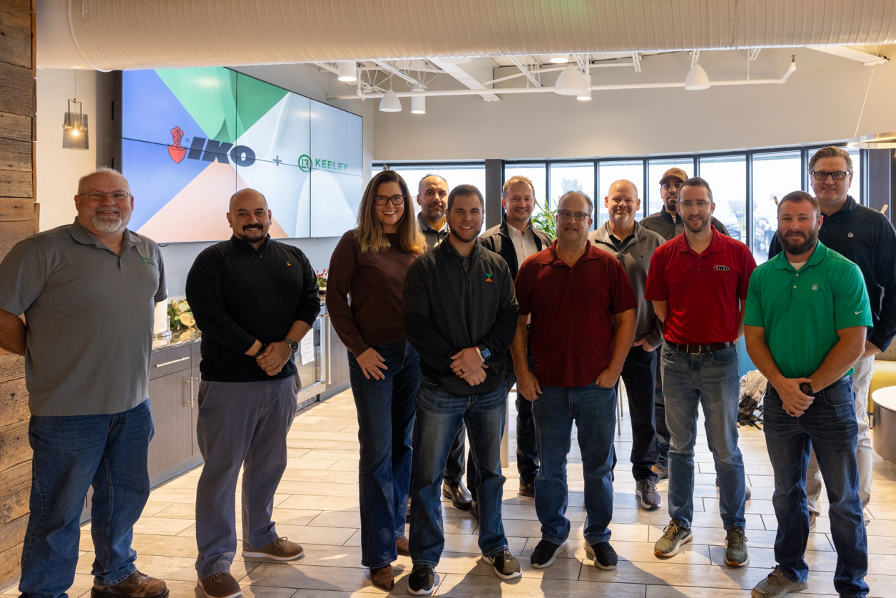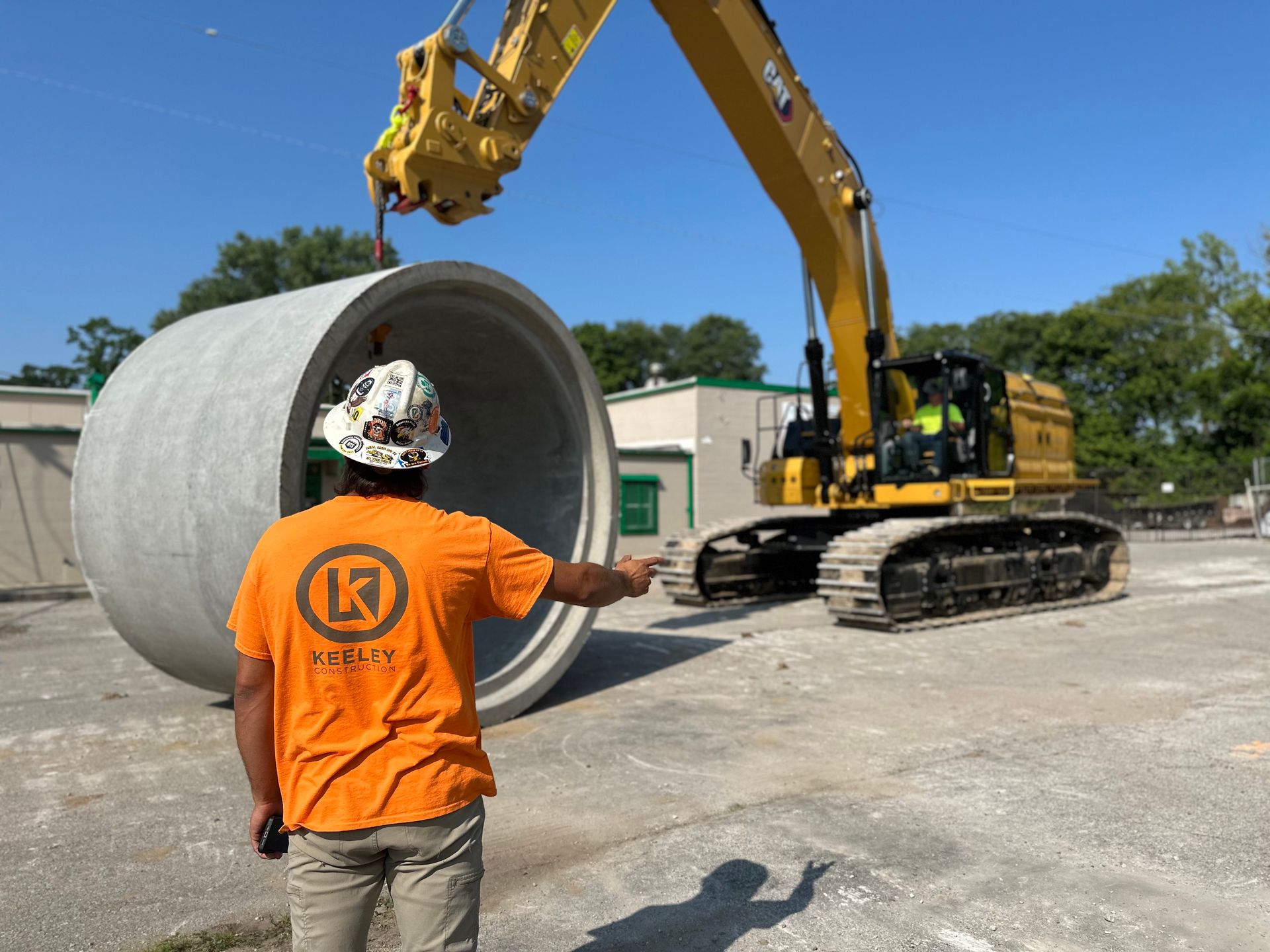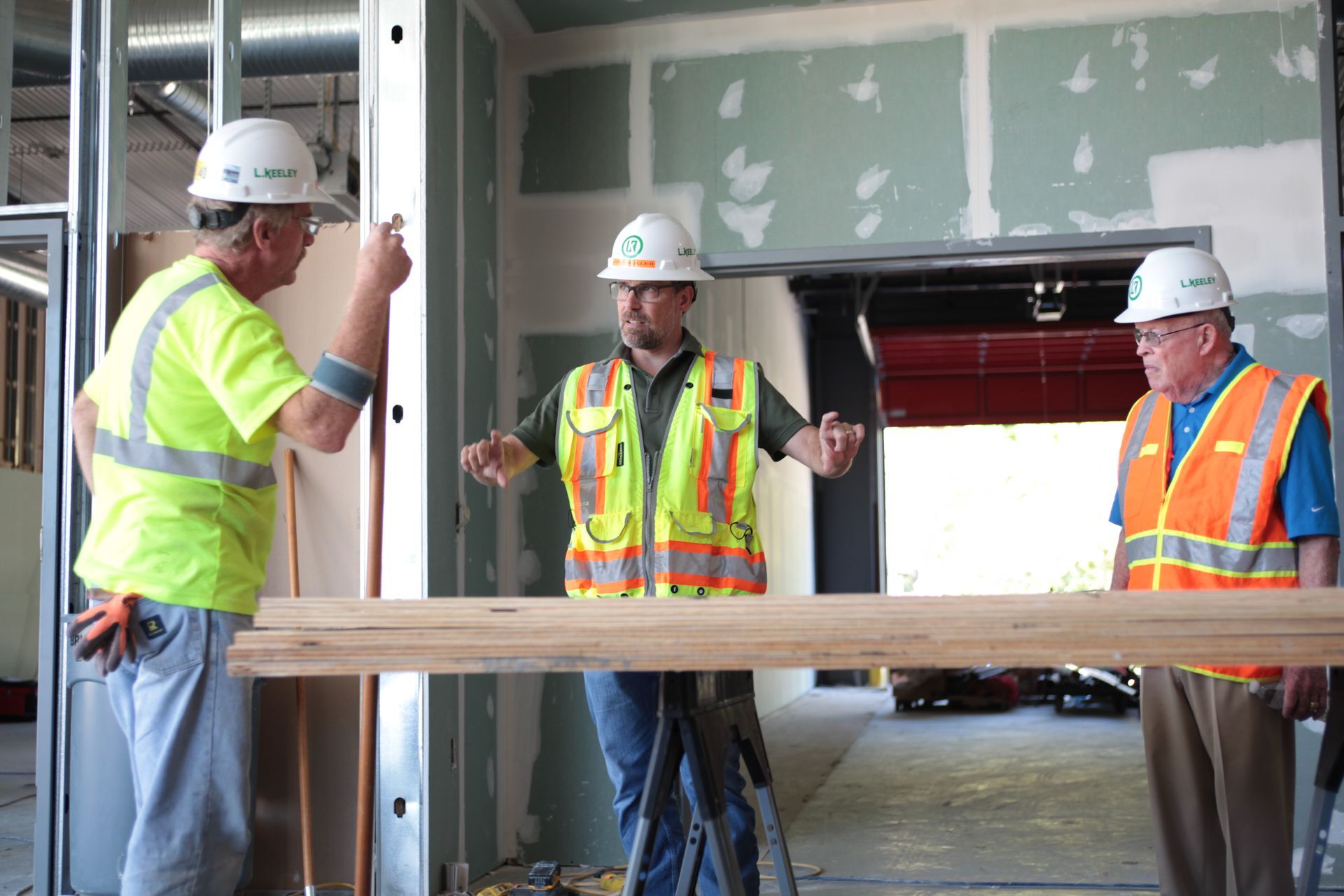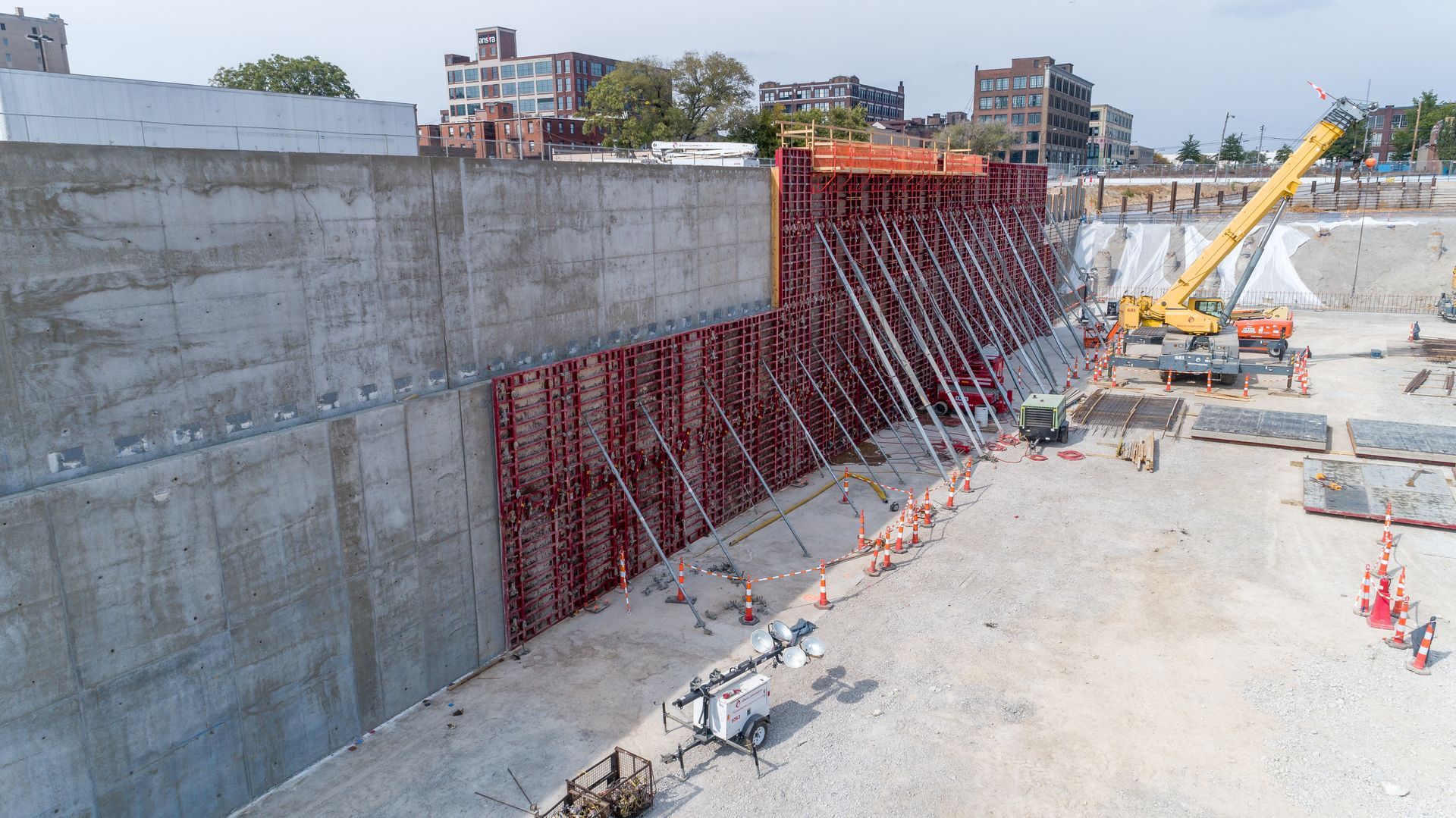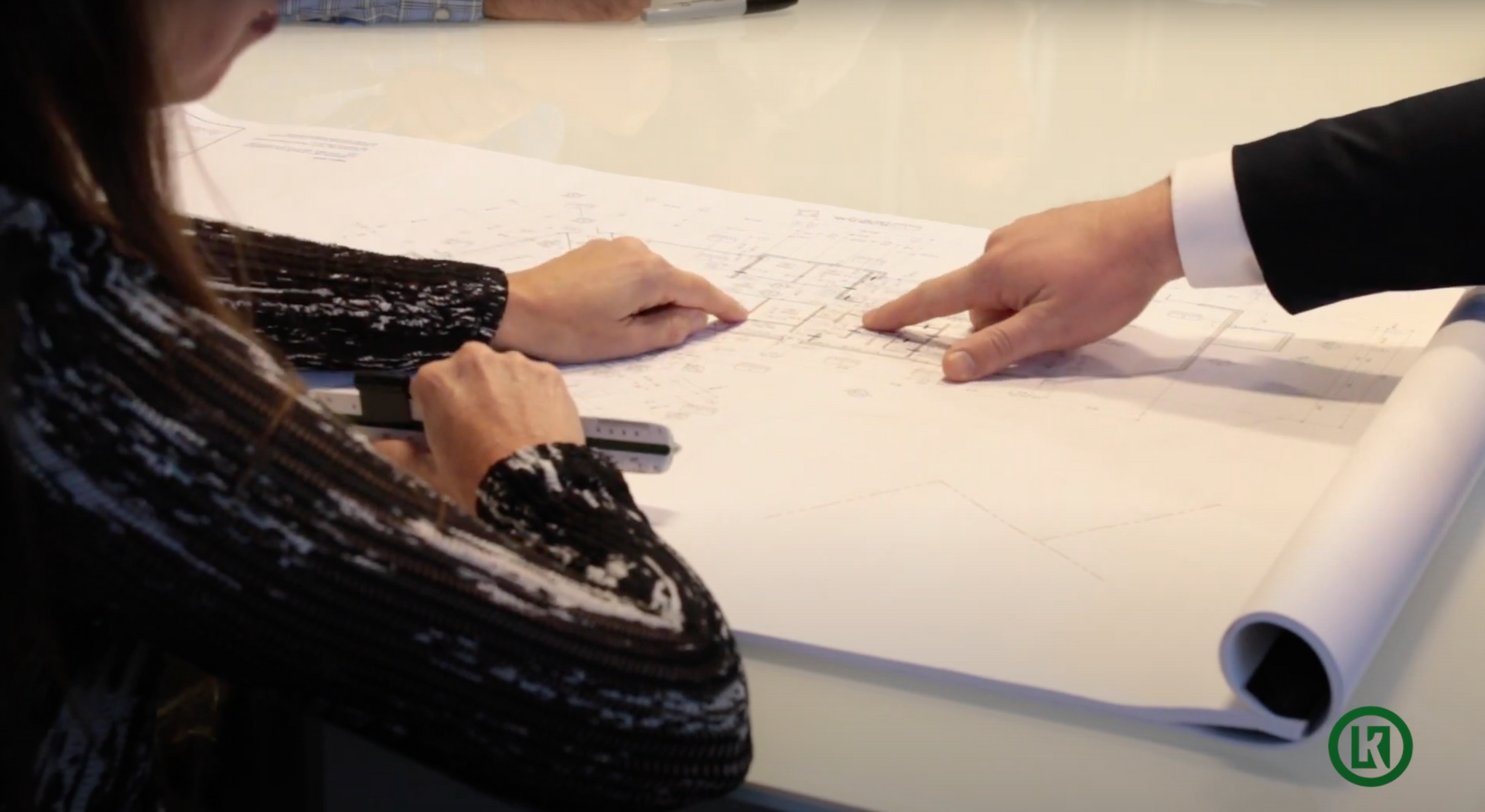Plan | Design | Build Step One: 6 Questions to Ask When Thinking About Your Facility
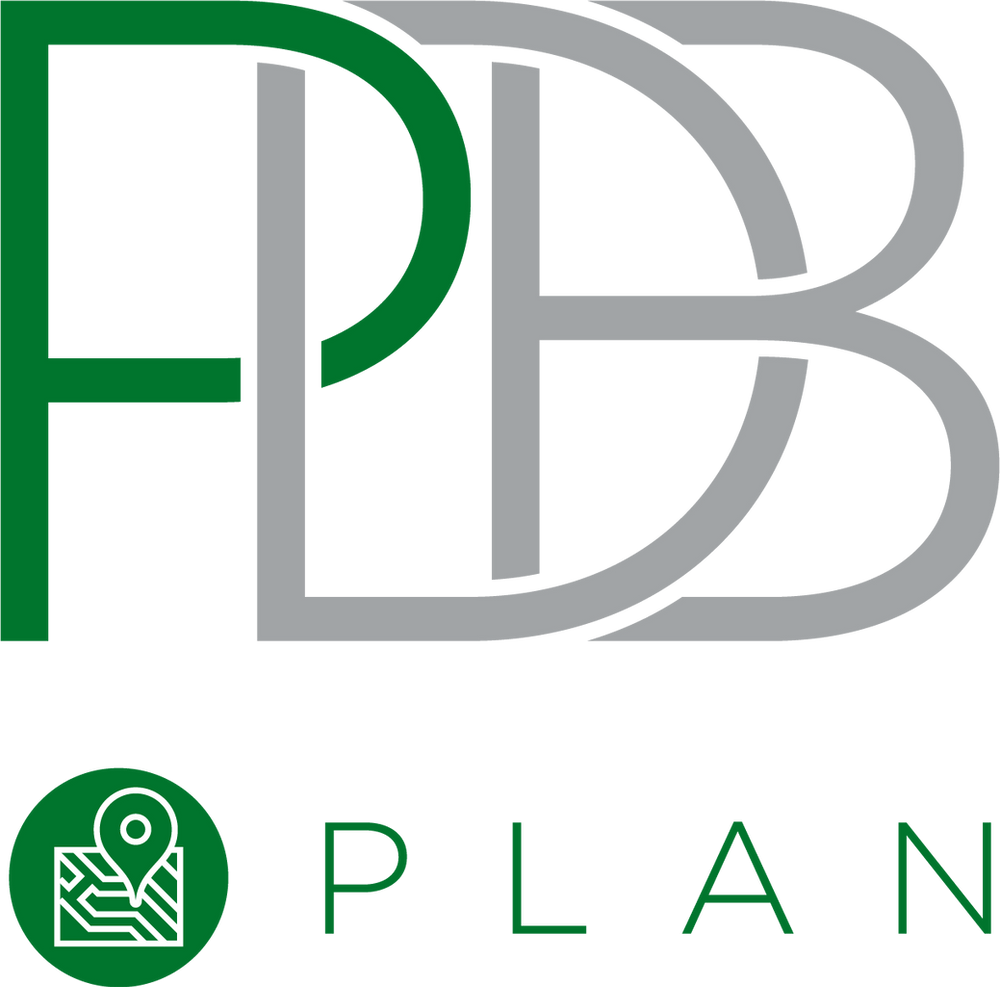
By: Allyson Schoenberg
Planning is the Key to Unlock Success
We have all heard the trite sayings: “Plan the work, then work the plan” and “Location, location, location” but how do you bring these sayings to life? Planning studies provide you with the substance of these sayings as they provide an objective, outside, third-party opinion, and fuel data-based decision making. Before the first shovel is in the ground, or the first line of the design is put on paper, a financial institution must decide where to build, what to build, and how to best serve their clients and communities.
If you have ever asked yourself one of the following questions, a planning study could be the answer:
How Well is My Existing Branch Network Functioning? Could it be More Successful?
A planning study will take your institution’s data, along with an in-depth analysis of your competition and market conditions, to evaluate the existing branch network. An objective look at highly successful institutions can uncover conditions that are a future threat or a golden opportunity. Beyond a Strengths, Weaknesses, Opportunities, and Threats (SWOT) analysis, a planning study not only recognizes the conditions of the market and industry, but will provide objective advice on the best course of action when moving forward. This can also provide options that look far beyond standalone branches. A study can help place ATM/ITMs, microbranches, collocated branches, and storefront branches in places where a traditional standalone may not be the best option. These alternatives can also assist in testing a marketplace prior to making large capital investments.
Do We Need to Remodel a Location For More Success?
Planning studies provide analysis for which branches can benefit most from remodels. Remodels can range from a minor refresh or a targeted rejuvenation all the way up to a complete reinvention. By looking at market and industry trends, a study can inform decision making on how to best allocate your resources in an existing branch network. A location may be stagnating, and a planning study can answer the why. As market demographics change, a branch may need to be remodeled to serve needs in a different way. A branch may be able to run leaner with additional technology and provide a cost savings to an under-utilized location.
Do We Need More Locations? Where Should They Be?
Not only does a planning study look at where you should be now, it looks at where you should be then – whether it is two, five, or ten years down the road. A thorough planning study takes advantage of predictive analytics and psychodemographics. The data our team collects can inform decisions better than intuitive guesses. Beyond telling us who lives here now, these types of analyses predict growth levels and consumer behaviors both now and in the future. This ensures you make decisions based on long term trends, not short-term fads.
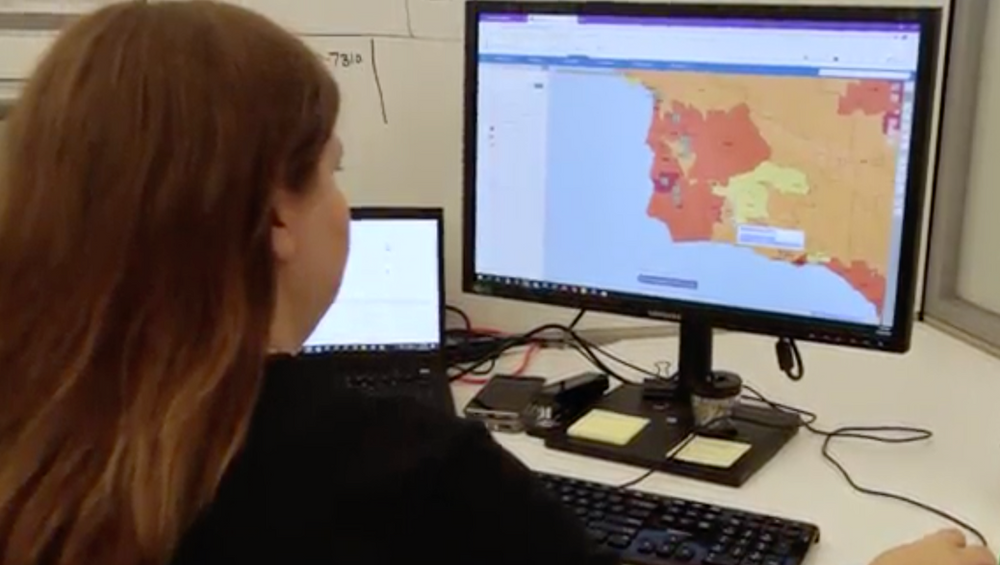
Do We Need to Close a Location or Relocate It? Which Ones and Where?
Once in a while, a complete reallocation of resources is needed if there is a branch that cannot continue operations. A planning study can help formulate an objective plan for precise reallocation of these resources. As demographics shift and economic factors change, a branch once in a prime location may no longer be viable. A planning study can determine if a slump in growth is a mere bump in the road or a need for a course correction. This is another instance in which a study may provide alternatives to keeping a struggling standalone branch and replace it with ATM/ITM, collocated, or microbranch option.
Do We Need More Administrative Space?
As your institution grows, so does the need for more back-office space. As technology continues to become more advanced, the need for IT space will also increase. For these reasons and more, a planning study doesn’t only look at branch networks. As part of a more robust study, or a standalone, a study on administrative space can also assist an institution in planning for the future. An administrative planning study will take a look at staffing needs and space for additional staff should the need arise. This analysis can result in recommendations for anything from a remodel of existing space, an expansion, or an additional administrative center. The study will determine the needs prior to the beginning of the design phase, resulting in lower design costs.
What Are the Trends in Our Market?
Not sure where to go next? Maybe your institution is not ready to make any commitment, but a study can still be a valuable tool. A benchmark of where the institution is, and where the market is, can be a tool in strategic planning sessions and may even uncover unknown needs. Being prepared for market shifts will give your institution a competitive advantage.
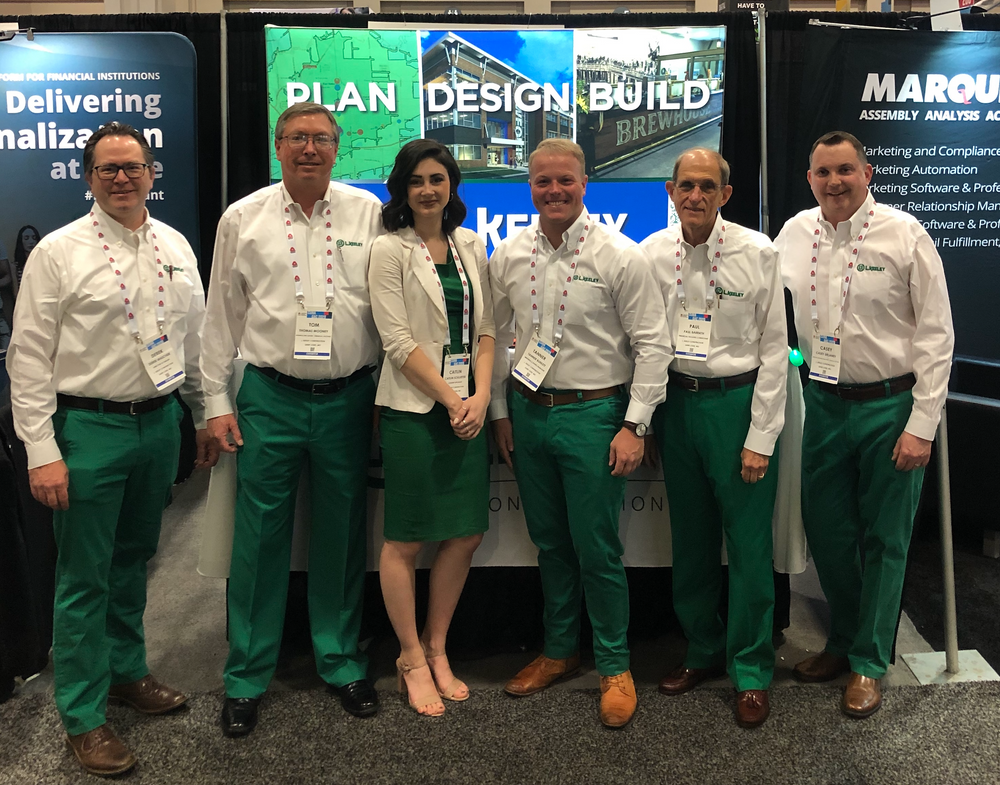
Be open to choosing a planning partner. Not only will this make your next branch project run smoothly and be more cost-effective, but it can position your institution with valuable market information. Being ready for an opportunity when it presents itself is highly valuable and gives you a strong advantage in the market.
The key to a valuable planning study is finding a partner with the right combination of research access, analysis skills, and wealth of experience in the financial services industry. The L. Keeley Plan | Design | Build approach provides you with documented success for building and remodeling your financial institution. We are the partner that takes your vision, infuses it with professional experience from the analysis and design perspectives, and brings your vision to life. Plus, the L. Keeley PDB Team has been working together for decades! Partnering with a firm that will be with you every step of the way, from planning to grand opening, is the most cost-effective investment you can make when it comes to your institution’s future.
Click here to learn more about our Financial Facilities Team and how we can help bring your next project to life.
